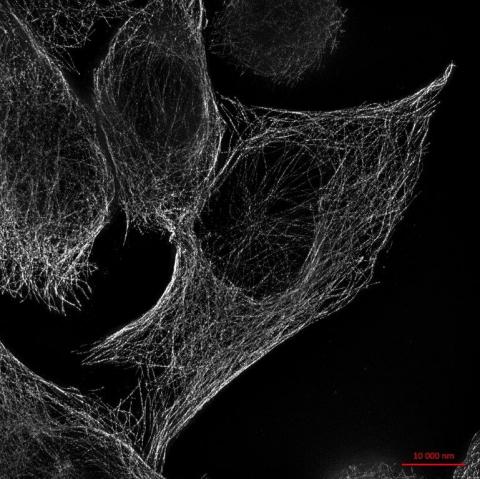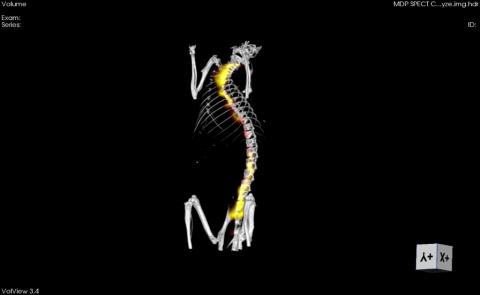Derivatives of 2-phenyl-3-hydroxyquinoline-4(1H)-one and methods of their preparation and utilization
INTRODUCTION:
2-Phenyl-3-hydroxy-4(1H)-quinolinones can be considered as aza-analogues of fl avones, compounds which are known for the widerange of their biological activities. These quinolinones were studied as inhibitors of topoisomerase, gyrase and IMPDH. They were tested for anticancer activity invitro and were also shown to possess immunosuppressive propert
TECHNOLOGY (INVENTION) DESCRIPTION:
Derivatives of 2-phenyl-3-hydroxyquinoline-4(1H)-one of the general formula (II) where X represents a nitro group, amino group, and Y represents an atom of halogen, oxygenor sulphur substituted by C1 to C6 alkyl or phenyl group, whereby both the alkyl and phenyl group may be further substituted and the substituents may be identical or different, or by nitrogen substituted independently by hydrogen, C1 to C6 alkyl, C1 to C6 alkyl, which may be substituted among others by halogen, hydroxy, C1 to C4 alkoxy or C1 to C4 alkylamino group, or may form a saturated or unsaturated heterocyclic ring with 5 to 7 atoms, where the individual ring atoms comprise atoms of carbon, and any of the carbon atoms may be substituted by an atom of nitrogen, sulphur or oxygen, X and Y together form an imidazo grou
ADVANTAGES OVER EXISTING SOLUTIONS:
The invention provides a novel class of compounds possessing a cytotoxic activity to a wide range of tumor cell lines. Our recent data demonstrate that selected compounds covered by these patents modulate protein-protein interactions of EF1A1. These compounds will be useful as medicaments for the treatment of cancer and other diseases connected with abnormal proliferation of cells/tissues.
DEVELOPMENT STATUS (STAGE):
Laboratory scale, data on cell lines, limited ADME/Tox data, in vivo pharmacology and pharmacodynamics.
PUBLICATIONS:
Kadric, J., Motyka, K., Dzubak, P., Hajduch, M., Soural, M. Synthesis, cytotoxic activity and fl uorescence properties of a set of novel 3-hydroxyquinolin-4(1H)-ones Tetrahedron Letters 2014, 55, 26, 3592-3595 Soural, M., Hradil P., Krupkova S., Hlavac J. An Interesting Synthetic Pathway to Some Quinolin-4(1H)ones: Phenacylanthranilates Rearrangement – Limits and Scopes Mini-Reviews in Organic Chemistry 2012, 9 (4), 426-432 Soural, M., Hlavac, J., Funk, P., Dzubak, P., Hajduch, M. 2-phenylsubstituted-3 hydroxyquinolin-4(1H)-one-carboxamides: Structurecytotoxic activity relationship study. ACS Comb Sci. 2011 Jan 10;13(1):39-44. Motyka, K., Van
IP PROTECTION STATUS:
Patent protection: CZ 300589 WO 2008/028427 EP 2064200 US 8299092
TECHNOLOGY / IP OWNERS :
Palacky University Olomouc - Institute of Molecular and Translational Medicine (IMTM), Faculty of Medicine and Dentistry


More information
More information is available upon signing a CDA / NDA (Confidential Disclosure Agreement / Non-Disclosure Agreement)